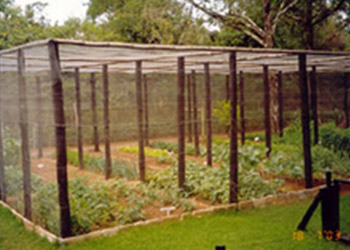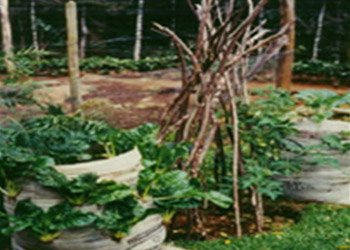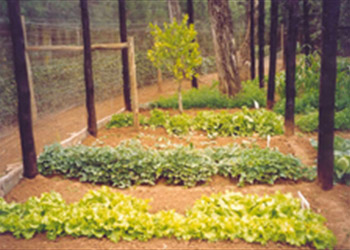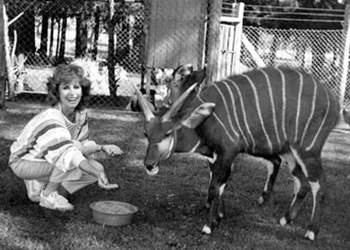
A Small Walk Through about WHWF’s Aspiration
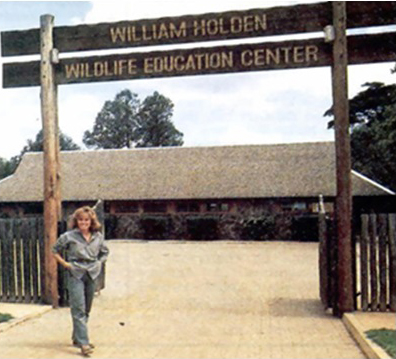
The William Holden Wildlife Foundation Education Center offers visiting students a unique opportunity to experience the outdoors in a rare communication with nature often unavailable to them in their own environment.
It is essential to build respect and appreciation for both flora and fauna and the understanding of their delicate balance.
Nature is a renewable resource, but only if we assume responsibility for its protection.
Our Objectives
To awaken awareness and understanding of the balance of nature and the vital role that animals play in the environmental network.
To teach ways to realize conservation of both wildlife and the environment in light of man’s need to exploit both resources through our Model Gardens.
Our Model Gardens serve as models for many projects which can easily be implemented by our visiting school children when they return home. We receive many letters telling us of their success with our methods and that in addition to being a great way to grow vegetables or indigenous trees, they often serve as a center of interest not only for the school but for the entire community. Our planting, composting, and conservation endeavors are always improving.
To enact specific wildlife management services as they impact the environment and the world at large.
To continue research in animal reproduction for Captive Breeding Programs.
The benefits of biological diversity and what we will lose as a result of species extinction are well documented - more than this; it is a widely accepted belief by tribal people and corporate executives alike. While championing the conservation of bio-diversity is easy - the actual application and work it takes to accomplish it is complex and requires great dedication. Captive breeding is an important tool for species conservation.
This highly focused and labor-intensive endeavor is being accomplished by a system of worldwide organizations that are participating in cooperation with one another to provide the best possible circumstances for keeping gene pools alive.
Captive breeding is far from ideal - but it is rapidly improving and provides the time to develop strategies that will lead to long-term survival. There are roughly 500,000 mammals, birds, reptiles, and amphibians in captivity in zoos throughout the world. The International Species Inventory System keeps genealogical information on individual animals of 2,500 species of mammals and birds that are located in Europe and North American zoos, making it possible to arrange matings by computer and thereby minimizing problems caused by inbreeding.
Zoos, botanical gardens, and aquaria have found new purpose and direction, providing a safety net when other protective measures have failed. At WHWF, we had consistently supported such programs and created our own when the need arose [See Bongo Awareness page]. Our closest ally has, of course, always been the Mount Kenya Wildlife Conservancy (formerly Mount Kenya Game Ranch), and we continue to sustain each other’s efforts on a daily basis. Our students at the center find the Animal Orphanage a valuable practical experience as well as a joy. Conservation is often very specific and personal when an animal born in the wild is suddenly left without a mother to care for it. By keeping a vigilant eye out for these vulnerable creatures, we are doing our part - sometimes one animal at a time.

